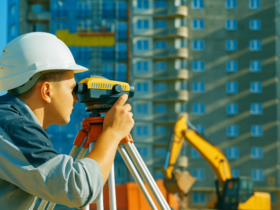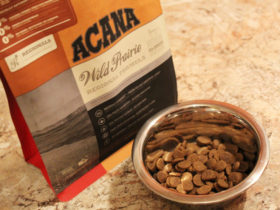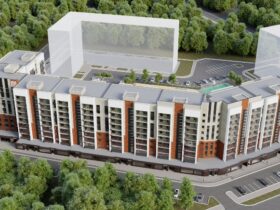There are a huge number of materials used in the installation of interior and inter -apartment partitions. When choosing a material for the construction of a partition, it is necessary to take into account the existing restrictions on the maximum load on the floor. The devices of the partitions are respectively selected based on the genus of the material used — this is thermal insulation, strength, sound insulation, installation line and a lot important, this is the cost.
And so let’s decide on the choice of the type of material partition:
-Plasterboard partitions — this type is considered optimal, it differs in a high installation speed, there is no need for plastering and ease of installation. This type can be used in houses with a limited load on the floor, is a great option for the partition in the dark room. But the device of drywall partitions has piles: light damage, hollow wall, short -lived and rather poor sound insulation.
Foam concrete block — has good indicators for soundproofing and heat capacity, it is more easily three times brick, (one cubic meter. m. Foam concrete block weighs about 600 kilograms). This is an ideal option for the partitions indoors. He became more distributed in the construction of monolithic houses, when warming the external walls.
Brick — its main advantages in the construction of the partition is: strength and durability. Disadvantage: large weight — 1750 kilograms in one cubic meter. There is also a natural radiation background, the connection with the fact that clay is the material of brick, in the pile, it is a source of radiation. As for thermal insulation and sound insulation, it is worse than that of foam concrete.
Pas -mobility — made from gypsum, there are two types: ordinary and moisture -resistant. Its sound insulation is better than a brick one and a half times. It has a good, correct geometry and, when completing the installation of the partition, does not require plastering. Two and a half times easier than brick and inverse more than one and a half times. It has a price advantage, it costs cheaper than brick. But its disadvantage is that the thickness of the unit is 8 cm, and the standard door box width is 10 cm. To eliminate such a difference, you will have to plaster the wall to the required size, or sheathed with drywall, or reduce the thickness of the door frame to eight centimeters.
When erecting the partition, pay the main attention to the marking of the room. Water levels have a sufficient error and when using it, you can easily make a gross non -corrective error. To build such a wall, it is better to set a vertical to use an ordinary plumb line (if you do not have it, it is not difficult to make it). Throughout the perimeter, future partitions must be pulled on the lace (both vertically and horizontally) — this will save when erecting from curvature. And remember that the elimination of defects is a very time -consuming process that entails the cost of time and finance.













Оставить коммент.